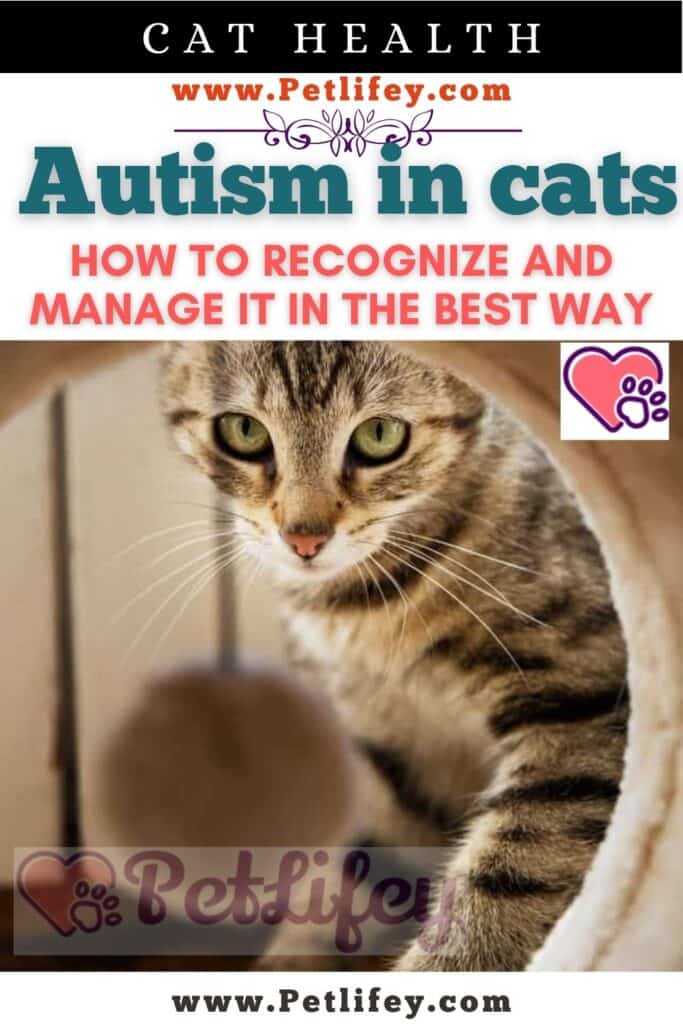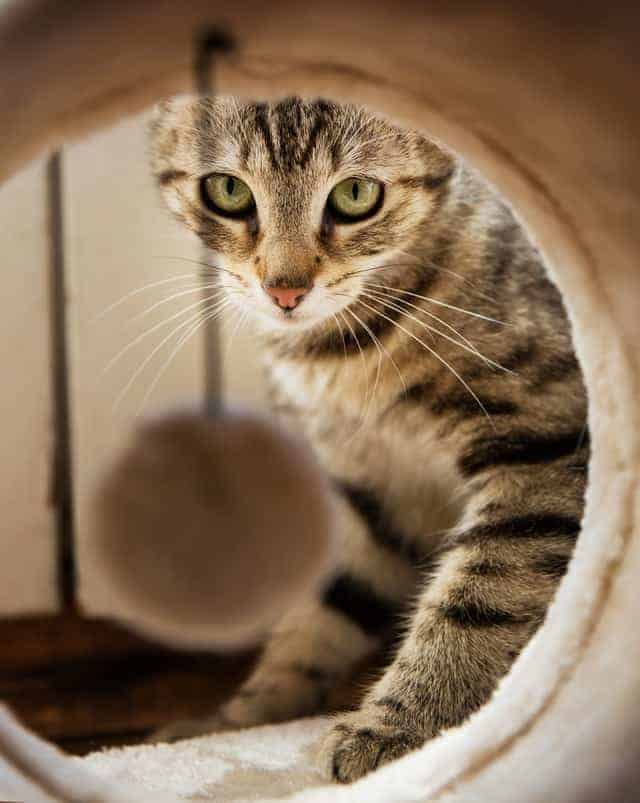
We know it can affect humans, but can your cat also be affected? Everything you need to know about autism in cats and how to recognize it.
It is difficult to define the causes underlying the evolution of this which, more than a pathology, is defined as a neurological disorder. It is no coincidence that we speak of ‘autism spectrum disorder not only in humans but also in domestic animals: it seems that all mammals can be affected or in any case have similar disorders. And the cat, alas, is no exception. It seems that autism spectrum disorder in felines is recognizable through some rather obvious signs, which only a diagnosis made by an expert can confirm. All the scientific results on autism in cats, how to recognize it and how to manage it.
Autism Spectrum Disorder: What It Is
Before you can recognize the signs of an autistic disorder in felines, as well as in dogs, it is necessary to understand some brief notions about autism. It is a developmental behavioral disorder, known by the acronym ASD, which could also be referred to as Asperger’s Syndrome. Science, however, despite years of research, is still far from providing a single explanation for this ailment that afflicts mammals, although the most accepted (but evolving) theory is that it has a genetic cause behind it.
Usually if you think of an autistic person, you imagine him as a loner and asocial. This is due to the fact that he has difficulty managing the relationship with social interactions. But then if a cat does not like physical contact or the attention of a human is it necessarily autistic? Absolutely not! This mistake of humanizing our pets could lead us to think that if they avoid us it is because they have some problems. Maybe they just want to be left alone and enjoy their privacy and even their moments of solitude.
Autism in cats: the ‘signals’ to interpret
Many researchers argue that there is no relationship between the cat and autism: on the other hand it is very difficult to identify this disorder based on some feline behaviors that are absolutely normal for this animal. Certainly it is not possible to define a single behavior that indicates its presence in the feline. Attitudes vary by race and obviously the animal’s personality can also influence its behavior. Let’s take for example some human behaviors typical of the autism spectrum: the tendency to loneliness and the intolerance to make eye contact, are actually completely ‘common’ aspects in cats. More than the ‘usual’ behaviors, attention must be paid to sudden and drastic changes in attitude on the part of the feline. The symptoms of an autistic person in the cat can be completely normal attitudes. Let’s think, for example, of the cat that:
- does not like to socialize with humans and their peers,
- loves to spend moments in solitude,
- is only interested in certain games,
- cannot concentrate and is not responsive to directives.
All of these behaviors may not even be signs of an autism spectrum disorder, in fact they may just be the effect of inner discomfort and stress in the cat. In any case, the best thing to do is to take the cat to the vet check to dispel any doubts.
Autistic or completely normal cat?
Owners often wonder if their cat can be affected by autism spectrum disorder just because they notice behaviors that are typical of the human autistic subject. But in reality, felines are just like that, so there’s no need to be alarmed if they:
- they show themselves particularly intelligent (think of the Abyssinian and the Burmese),
- do not like physical contact,
- they are very sensitive to light and sound,
- they love to live according to a daily routine and any change in it causes them stress,
- they communicate with vocalizations and meows which, at times, may seem ‘excessive’.
In any case, it is good to have the cat examined by the vet as it could suffer from stress and anxiety: both factors can cause discomfort in the cat and can be treated.
Autism in cats: how to manage it at home

We know how much good the presence of a pet, cats and dogs in particular, can do for little humans affected by this disorder. It is as if they knew perfectly well how to interact with children without disturbing them. But how, on the other hand, can you manage an anxious cat that shows signs that may remind you of autism?
Given that the veterinarian’s opinion will be essential for a cat that shows a discomfort, it is good not to force the cat to do something it does not want: it could react badly and also be very aggressive. So, before hearing the expert’s opinion, let’s try to indulge his desire for solitude and don’t force him to physical contact or play when he doesn’t feel like it. On the other hand, if we were forced to do something that just doesn’t suit us, how would we react?






